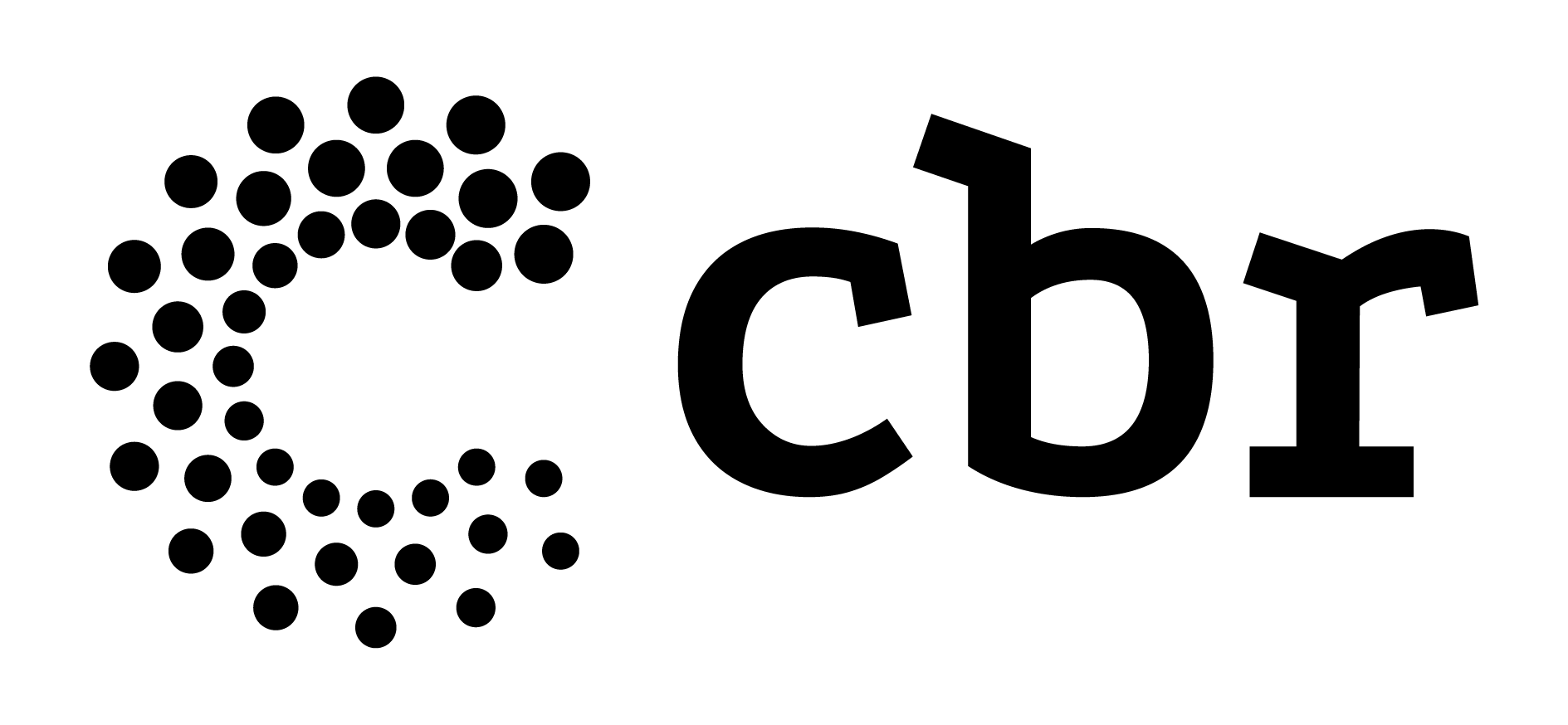This was the subject of the study developed by the Brazilian College of Radiology and Image Diagnosis (CBR) through the Teaching, Improvement and Medical Residency Commission (CEAR) with the support of several researchers. The complete results will be published by CBR in the coming months, through its communication channels.
Prior to the widespread adoption of electronic media, most medical learning resources were based on printed scientific journals and books. Currently, mobile devices have facilitated the ubiquitous use of the internet and digital communication and the amount of new electronic references now available is vast.
The study started approximately a year ago and organized by Dr. Rubens Chojniak, then Coordinator of CEAR, surveyed, through questionnaires sent by e-mail, the study habits of residents, trainees and specialists who work in the area of diagnostic imaging in Brazil. The complete questionnaire collected data related to study load, access to teaching materials and research on the frequency of access to specific and more popular books, magazines, websites and social media.
“Knowledge of the current preference and frequency of use of different sources of printed information or electronic media for consultations by radiologists at different stages of their careers and who work in different settings and types of institutions can be useful for specialty societies, coordinators of training programs and major Radiology services to define a strategy for the availability of educational resources”, explains Dr. Chojniak.
Preliminary analysis of the results demonstrates that radiologists access teaching information for about 10 hours a week through the computer and electronic media, mainly on free educational internet sites that are accessed daily by most study participants.
“This behavior can be explained by the routine of this doctor who works most of the time in front of the computer and the ease of quickly accessing information directly through search tools, without the need to access books or printed or electronic magazines or open applications of teaching”, analyzes the researcher.
Young people in training dedicate more time to study, as well as doctors who work in hospitals and academic institutions. Situations in which the complexity of the cases or dedication to teaching and research can increase the demand for consultations with didactic material.
Dr. Rubens Chojniak adds that another interesting fact was the finding that most radiologists do not have access to paid educational materials. “Perhaps because of the wide availability of free content on the internet”, he concludes.




